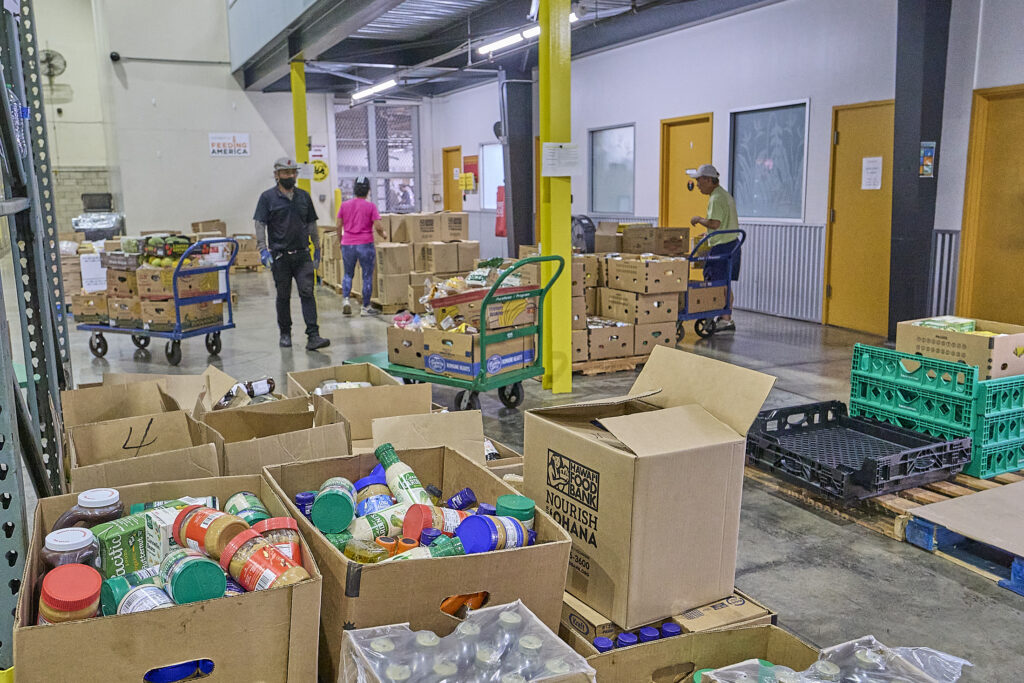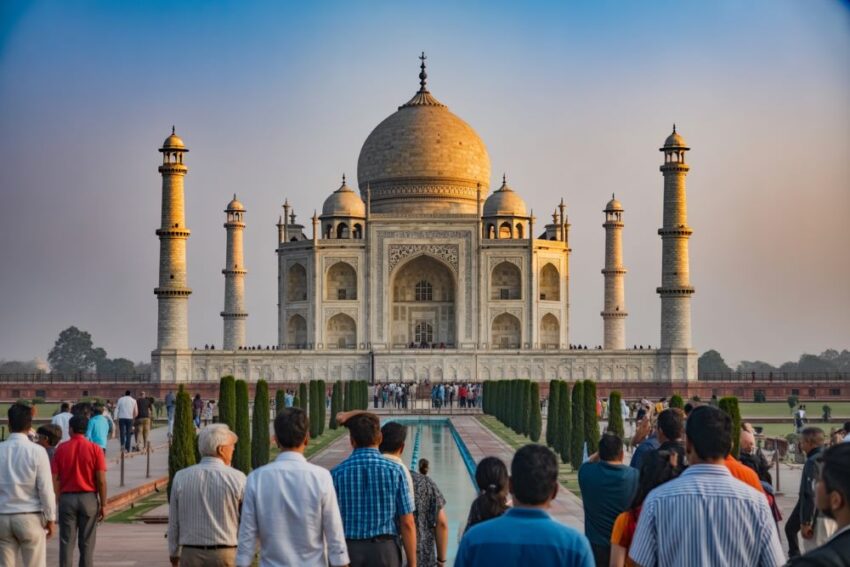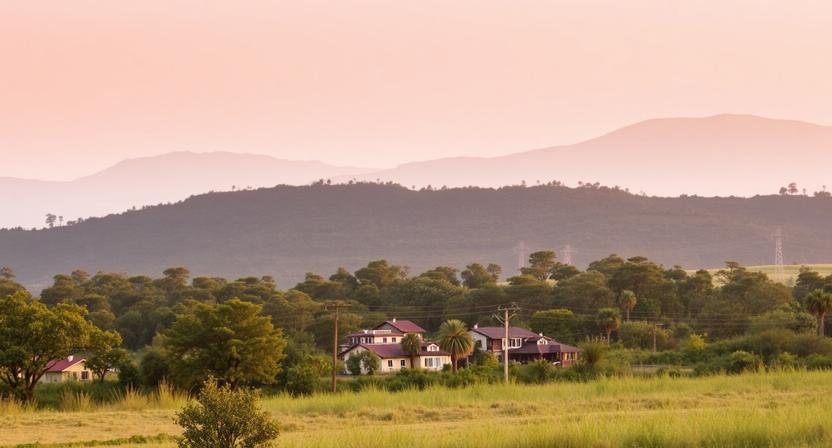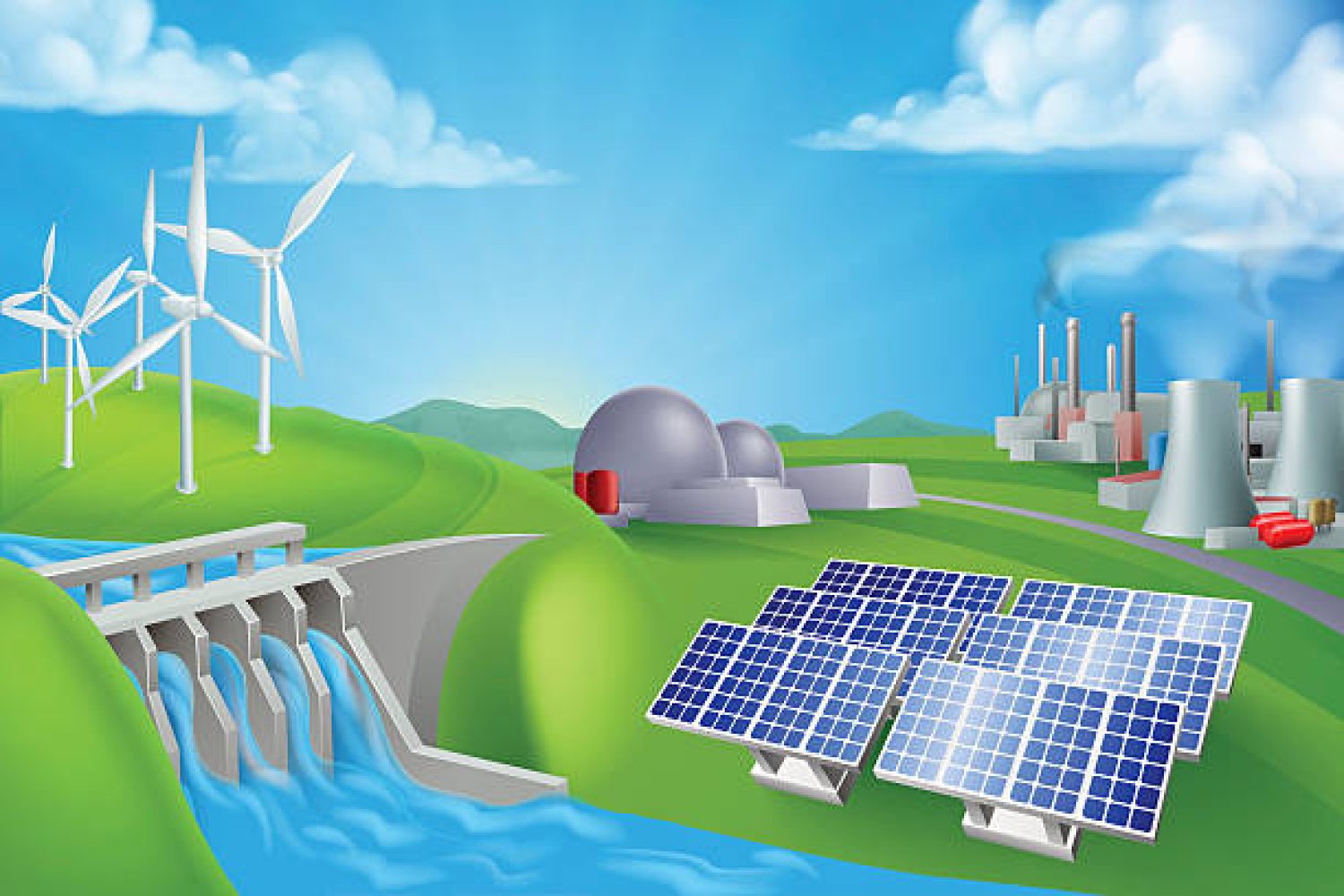United Front, Clean Future: South Asia’s Path to Sustainable Energy
A move toward unified energy and environmental systems will not only tackle air pollution directly but also stimulate economic growth and promote regional integration.

Amid escalating climate concerns and pressing environmental challenges, South Asia stands at a critical juncture. Recent initiatives, such as commitments forged at COP28 and ongoing efforts to combat air pollution, underscore the region’s steadfast commitment to steering toward a sustainable future.
Internationally, endeavors persist to ensure coherence between last year’s COP28, this year’s COP29 in Azerbaijan, and next year’s COP30 in Brazil. Notably, the recent intensified collaboration between the International Energy Agency (IEA) and the United Nations Framework Convention on Climate Change (UNFCCC) exemplifies the concerted efforts toward monitoring energy-related outcomes, fostering consensus on aligned energy transitions, and supporting the formulation of Nationally Determined Contributions (NDCs) under the Paris Agreement.
As nations navigate the challenges of transitioning energy sources and promoting regional cooperation, a promising perspective emerges – one defined by collaboration, innovation, and collective responsibility. Citizens across South Asia, particularly in Pakistan and India, are eager for their governments to explore the diverse landscape of the region’s journey toward a cleaner energy future. This entails scrutinizing crucial initiatives, navigating obstacles, and seizing opportunities that influence the trajectory towards greater environmental sustainability and prosperity.
The urgent challenge of air quality facing South Asia is starkly evident in major cities like Delhi, Dhaka, and Lahore, where levels of particulate matter (PM2.5) consistently exceed World Health Organization guidelines. Swift collective action is crucial to address the root causes and protect public health.
The haze enveloping South Asian cities originates from various sources, including industrial emissions, vehicle exhaust, agricultural burning, and energy inefficiencies. These factors exacerbate health issues and contribute to climate change. Incorporating climate change mitigation strategies into national policies and promoting sustainable practices are crucial steps forward. Both India and Pakistan persist in using coal, despite the suffocating air quality in their major cities, as both nations are grappling with developmental challenges and energy deficits.
Addressing air pollution requires a comprehensive strategy that gives priority to climate resilience and addresses related inequalities. Despite geopolitical tensions, fostering dialogue and mutual understanding can create a foundation for collaborative efforts. Strong political determination is essential for overcoming logistical hurdles and implementing effective solutions.
Recently, significant developments have unfolded regarding longstanding energy initiatives in South Asia. Pakistan has at long last authorized the construction of its segment of the Iran-Pakistan gas pipeline. Initially proposed in 1995 as the Iran-Pakistan-India pipeline to transport Iranian natural gas to the region, the project faced numerous challenges. These obstacles included India’s withdrawal in 2008 due to security concerns and regional tensions.
Despite reaching an agreement with Iran in 2009, construction on Pakistan’s portion has only recently commenced. Given the looming deadline and potential penalties, completing the project by September 2024 is crucial. However, persistent challenges, such as external factors like U.S. sanctions on Iran, continue to impede progress.
Similar challenges confront another significant energy initiative in the region: the Turkmenistan-Afghanistan-Pakistan-India (TAPI) gas pipeline, stretching over 1,800 kilometers. Launched in 2015, the TAPI pipeline aims to facilitate the transportation of natural gas. However, security concerns in Afghanistan and the logistical intricacies of the project have led to delays. Despite these challenges, efforts continue to advance this vital energy initiative, which holds significant potential for enhancing regional energy security and fostering economic development.
Much like the Gulf Cooperation Council and European Supergrid, the potential of an electricity grid linking South and Central Asia is immense for both regions. Such an interconnected system would have the capability to revolutionize regional collaboration and enhance energy security. Picture a future where cleaner energy sources are plentiful, reducing the dependency on fossil fuels. This vision encompasses goals such as decarbonization, improved energy efficiency, and the transition toward a sustainable, low-carbon energy system.
This diversification of energy sources offers increased security and reliability for all nations involved. Through collaborative efforts, more efficient energy demand management can be achieved, alleviating power shortages and fostering sustainable regional development.
Moreover, the establishment of trade routes among Iran, Central Asia, Pakistan, and India presents significant opportunities. These routes could become bustling conduits for goods, opening new markets and stimulating economic growth across diverse regions. By expanding trade horizons, this network would contribute substantially to overall economic development among participating nations.
In addition to the advantages provided by the power grid and trade routes, improved connectivity offers benefits that reach beyond the realm of electricity. Strengthened relationships can promote increased regional integration, leading to closer diplomatic ties and collaboration across diverse sectors, such as infrastructure development and security.
These endeavors not only tackle air pollution directly but also stimulate economic growth and promote regional integration. By nurturing new markets and enhancing cross-border trade, they contribute significantly to the region’s economic development.
China’s Belt and Road Initiative serves as a model for successful South-South cooperation, providing a platform for knowledge sharing and joint efforts against climate change. South Asian nations can glean valuable insights from China’s experiences in renewable energy development and green technology implementation. In turn, South Asia can offer expertise in areas like sustainable agriculture and waste management, fostering a mutually beneficial exchange of knowledge.
The international community plays a pivotal role in unlocking South Asia’s clean energy potential. By providing technical expertise and resources, they can expedite the region’s transition to sustainable practices. This collective endeavor against environmental challenges underscores the interconnected nature of our world and necessitates a global approach transcending borders.
Developed nations, especially, must reassess past approaches that may have inadvertently hindered progress in South Asia. Focusing solely on ideological differences has proven insufficient in fostering long-term stability and prosperity in the region.
A more nuanced approach, emphasizing diplomacy and multilateral cooperation, presents a promising future for South Asia. Through mutual respect and understanding, nations in the region, with constructive international support, can make significant progress in addressing air pollution and ensuring a healthier environment for all citizens. This collaborative endeavor will not only foster regional stability and prosperity but also pave the way for a more sustainable South Asia.
In summary, the profound health and environmental crisis gripping South Asia underscores the urgent need for a unified regional approach that transcends political divisions. Despite historical conflicts, cooperation on critical issues like air pollution is indispensable. South-South collaboration emerges as a viable solution, facilitating the exchange of knowledge and best practices. Establishing a regional air quality monitoring network and harnessing international support are pivotal steps toward achieving a cleaner energy future.
Through collective action to address shared challenges, South Asia can pave the way for a healthier environment, enhanced stability, and economic development. Ultimately, it is through collaboration and innovation that the region can secure a sustainable and prosperous future. Strong political resolve is paramount for surmounting logistical obstacles and implementing effective solutions.
What is Your Reaction?
 Like
0
Like
0
 Dislike
0
Dislike
0
 Love
0
Love
0
 Funny
0
Funny
0
 Angry
0
Angry
0
 Sad
0
Sad
0
 Wow
0
Wow
0































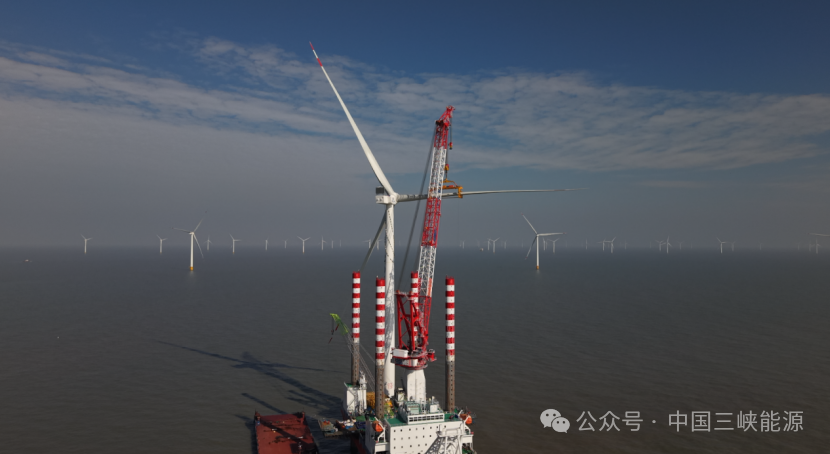
















/environment-climate-change-and-health-(ech)/water-sanitation-hygiene-and-health-(wsh)/landfill-tuvalu-36092.tmb-1200v.jpg?sfvrsn=5c21fe40_1#)

.jpg.webp?itok=0ZsAnae9#)




